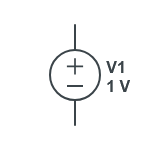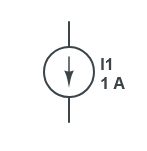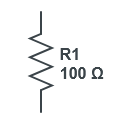Electronics, Where To Start?
 Feather
FeatherHow electricity moves
How does electricity flow, some state it flows like what but what does that mean? It may be hard to grasp if you stare at equations all day and don't know why they work or how to apply them. There is a lot of basics but don’t let them scare you, that is where our blog come in to explain those "hard" concepts and make them your own.
The Ground Works
A common equation that always pops up in electronics is Voltage equals Current times Resistance(V=IR). This will come back with every circuit you make and will be the groundwork for any concept you learn after. I understand that starting with math is not always fun and that is why we are going to explain it with out math and come back to it later. Here is a good spot if you want the math now [Ohm's Law]
A common analogy for learning about ohms law is water flowing though a pipe. Resistance can be seen as how narrow the pipe is and current is how fast the water flows while voltage is how much water pressure there is. That is the main concept behind V= IR. That equation is what we know as Ohm's law. Ohm's law is were you start to understand how power is applied and moved.
Components
The next step for understanding the basics is being able to read basic schematics and understanding the 3 basic symbols.
- voltage source

- current source

- resistor

Simplicity
It may be hard to believe but you have a great start to understand electricity as you can think about a resistor as something you want to power. An example of that would be a light bulb or the motor in a fan. Just to tack on more knowledge you have probably heard of a Watt and that is the unit for power and Power is Current times Voltage(P=VI).
Watts is something that you don't quite need to worry about but is something to start thinking about as when we go to make projects it will help us figure out what kind of power supply we will need then.
What you need to know
After this short article you can see that the basics are not that hard and what you still don’t understand we can work though. After going over Ohm’s law, basic components and touching on power you have the most basic understanding of Electronics. Your next step is to stick around and look out for our road maps and blogs to join our community.
Leave a comment below on what you would like to see next or what we can improve on!
Subscribe to my newsletter
Read articles from Feather directly inside your inbox. Subscribe to the newsletter, and don't miss out.
Written by
